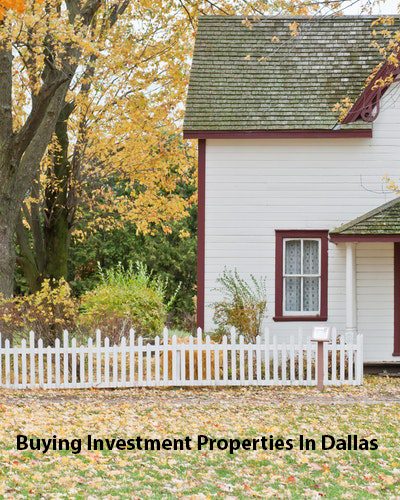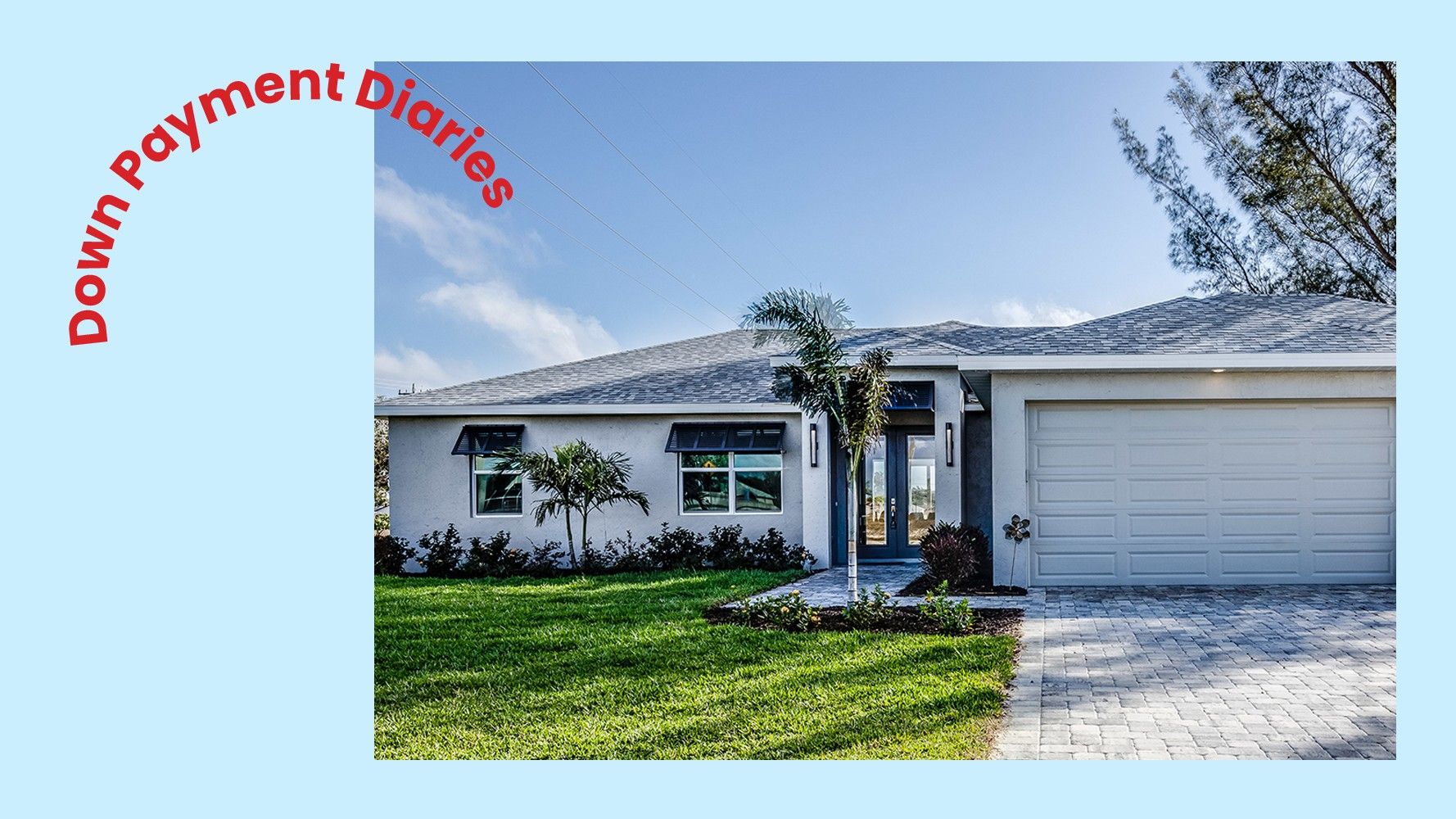Is it a good time to invest in Dallas?
Are you a first-time investor looking to buy investment properties in Dallas? If you are undecided then know that this is a good time to invest in real estate. The mortgage rates are still at historic lows; the housing market as a whole is still vastly undersupplied.
Home sales in 2021 were even better than pre-pandemic levels and the market has only emerged stronger since the pandemic which alludes to the confidence that both the end-users and investors have in the resilience of the housing market.
Prices might be on the higher side now but you stand to lose more by not having your money invested. Let us explain, by losing out on time value of money, eg; you would miss out on collecting rents, than what you might gain by waiting for the prices to correct and trying to time the market.
There is an optimistic outlook for 2022 and home prices are expected to rise 8-15% year-on-year in hot property markets across the country that have thriving populations [1]. So is Dallas one of those hot markets? Read on to find out more.









